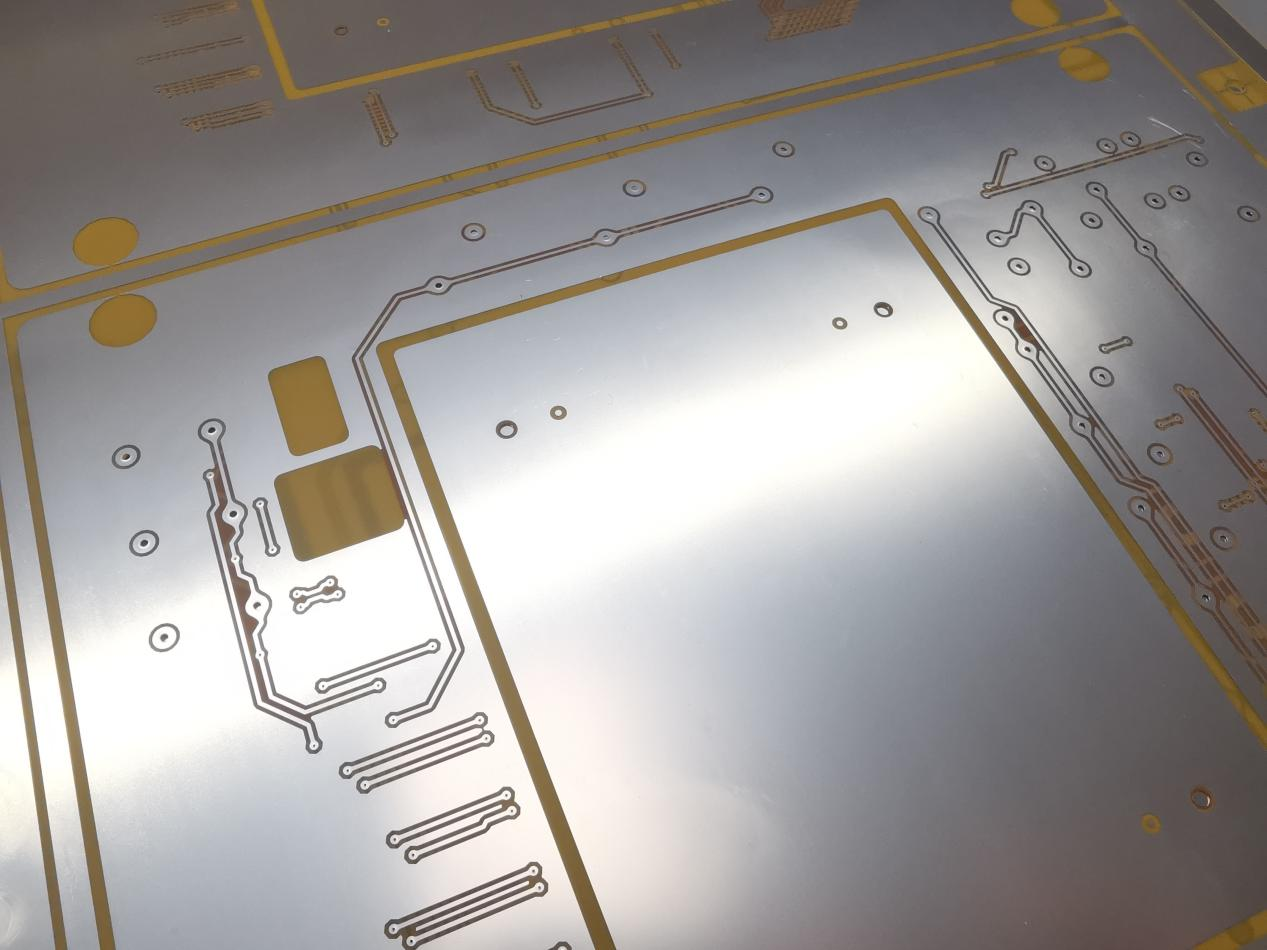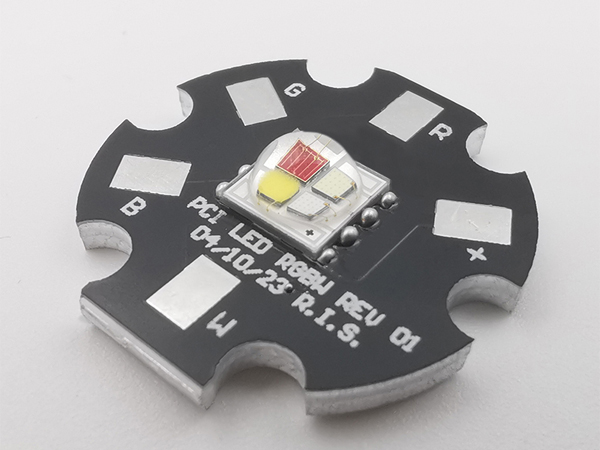What Are the Considerations for LED PCB Design?
Designing a printed circuit board (PCB) for LEDs (Light Emitting Diodes) requires careful consideration to ensure optimal performance, reliability, and efficiency.
Designing a printed circuit board (PCB) for LEDs (Light Emitting Diodes) requires careful consideration to ensure optimal performance, reliability, and efficiency. Here are key considerations for LED PCB design:
Thermal Management
LEDs generate heat during operation, and effective thermal management is crucial for maintaining their performance and lifespan. Properly designed thermal vias, heatsinks, and heat dissipation pathways help dissipate heat away from the LEDs.
Circuit Layout
Optimize the circuit layout to minimize trace lengths, reduce impedance, and ensure a consistent current distribution. A well-designed layout helps prevent voltage drops and uneven brightness in the LEDs.

Power Supply and Voltage Stability
Ensure a stable power supply with minimal voltage fluctuations. LEDs are sensitive to variations in voltage, and fluctuations can affect their brightness and lifespan. Consider using voltage regulators and proper power supply filtering.
LED Driver Considerations
Choose an appropriate LED driver that matches the electrical characteristics of the LEDs. LED drivers help regulate the current and voltage supplied to the LEDs, ensuring consistent and efficient operation.
Current Limiting Resistors
Determine the appropriate current-limiting resistors for each LED to control the current flowing through them. Calculations should be based on the forward voltage and forward current specifications of the LEDs.
Color Mixing (for RGB LEDs)
If using RGB LEDs for color mixing, ensure accurate color representation by carefully calibrating the current levels for each color channel. Consider using PWM (Pulse Width Modulation) for dynamic color control.

LED Orientation and Placement
Pay attention to LED orientation and placement on the PCB to achieve the desired illumination pattern. Consistent LED positioning helps maintain uniformity in brightness and color across the display or lighting application.
Shielding and EMI Considerations
LEDs can be sensitive to electromagnetic interference (EMI). Implement proper shielding techniques and consider the placement of components to minimize EMI and ensure reliable operation.
Environmental Considerations
Consider the operating environment and design the PCB to withstand temperature variations, humidity, and other environmental factors. Conformal coating or encapsulation may be necessary for protection against moisture and contaminants.
PCB Material Selection
Choose PCB materials with good thermal conductivity and electrical insulation properties. Materials like aluminum or metal-core PCBs are commonly used for LED applications due to their excellent heat dissipation capabilities.

Optical Design
Collaborate with optical engineers to integrate lenses, diffusers, or reflectors into the overall design for optimal light distribution. The PCB design should complement the intended lighting pattern or display configuration.
Testing and Prototyping
Perform thorough testing and prototyping to validate the design before mass production. This includes functional testing, thermal testing, and reliability testing to ensure the longevity and performance of the LED PCB.

By addressing these considerations during the LED PCB design process, you can create a reliable and efficient lighting system or display that meets the specific requirements of your application. Collaboration between electrical, thermal, and optical design teams is often essential for achieving the best overall performance.
Moonleds offers PCB design and SMT service for our valued led customers. The type we provide includes aluminum, FR4, and Copper core which can meet the requirements of various lighting applications.
